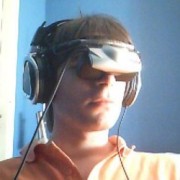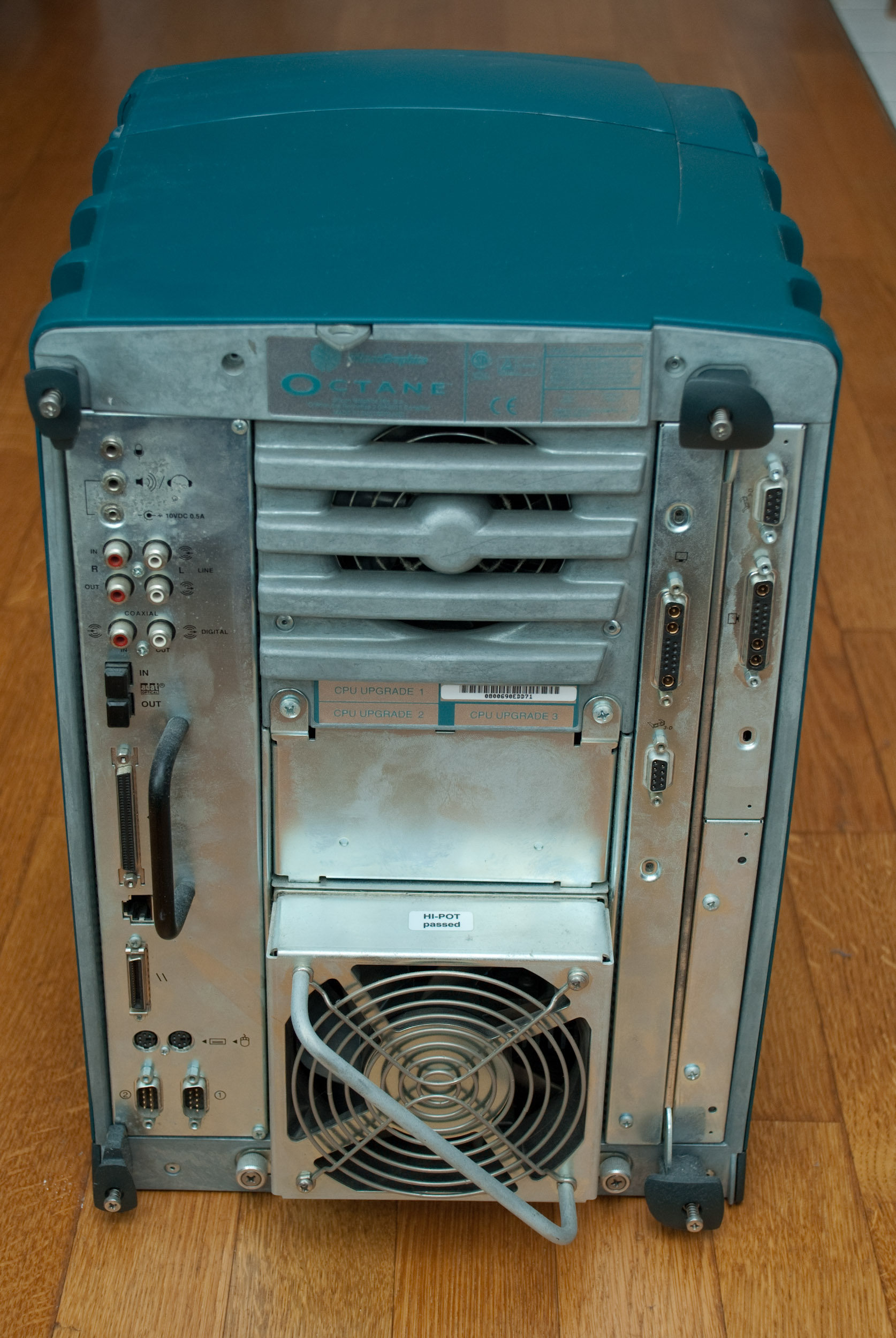Hello there, I've been curious about retro SGI machine ever since I've seen an Indigo 2 at a retrocomputing event, so i thought I'd ask a few questions here.
I normally satisfy my retrocomputing interest with emulators, but no program has ever emulated any kind of SGI machine, so the only way for me to run any kind of SGI software is to have a physical machine. My other interest is virtual reality, and this interest was born in 1991, but I have only been able to practice it since 2004, first with a pair of shutterglasses, then with various HMDs, making 3D software with DarkBASIC and Irrlicht. One of the first VR simulations I remember reading about was "La Città Di Giotto", an Italian software running on an Onyx machine and using a pair of CrystalEyes shutterglasses for stereoscopic effect.
Of course, buying an Onyx just for curiosity is out of the question, but I would still like to have an affordable retro SGI machine capable to generate stereoscopic scenes in real time.
Okay, here are the questions I have:
1) Which SGI machines support stereoscopy? My budget roof is 1000 euros.
2) What stereoscopic software is available for SGI machines?
3) There is a page at http://www.roosmcd.dds.nl/oldsite/index.htm explaining how to connect Asus VR100 shutterglasses to an SGI machine. I don't have Asus VR100 shutterglasses, but I have a pair of wired eDimensional wired shutterglasses, which connect to a dongle with a jack that is indistinguishable from a stereo headphone jack. The dongle, in turn, connects to a VGA-out port at one end, and to a monitor VGA cable at the other. Do you know whether this kind of shutteglasses can be connected to an SGI machine, and how?
4) Windows PCs have several drivers for stereoscopy, which intercept Direct3D calls and generate image pairs in various formats (pageflipping, side-by-side, over/under, HDMI-compliant and so on). Is there anything comparable for SGI machines and their graphical libraries?
5) Is Ian's SGI Depot ( http://sgidepot.co.uk/sgidepot/ ) a good place to buy an SGI machine?
I normally satisfy my retrocomputing interest with emulators, but no program has ever emulated any kind of SGI machine, so the only way for me to run any kind of SGI software is to have a physical machine. My other interest is virtual reality, and this interest was born in 1991, but I have only been able to practice it since 2004, first with a pair of shutterglasses, then with various HMDs, making 3D software with DarkBASIC and Irrlicht. One of the first VR simulations I remember reading about was "La Città Di Giotto", an Italian software running on an Onyx machine and using a pair of CrystalEyes shutterglasses for stereoscopic effect.
Of course, buying an Onyx just for curiosity is out of the question, but I would still like to have an affordable retro SGI machine capable to generate stereoscopic scenes in real time.
Okay, here are the questions I have:
1) Which SGI machines support stereoscopy? My budget roof is 1000 euros.
2) What stereoscopic software is available for SGI machines?
3) There is a page at http://www.roosmcd.dds.nl/oldsite/index.htm explaining how to connect Asus VR100 shutterglasses to an SGI machine. I don't have Asus VR100 shutterglasses, but I have a pair of wired eDimensional wired shutterglasses, which connect to a dongle with a jack that is indistinguishable from a stereo headphone jack. The dongle, in turn, connects to a VGA-out port at one end, and to a monitor VGA cable at the other. Do you know whether this kind of shutteglasses can be connected to an SGI machine, and how?
4) Windows PCs have several drivers for stereoscopy, which intercept Direct3D calls and generate image pairs in various formats (pageflipping, side-by-side, over/under, HDMI-compliant and so on). Is there anything comparable for SGI machines and their graphical libraries?
5) Is Ian's SGI Depot ( http://sgidepot.co.uk/sgidepot/ ) a good place to buy an SGI machine?





